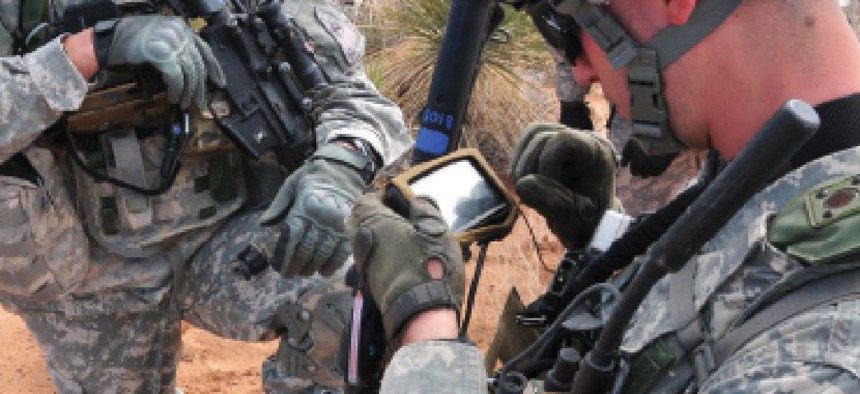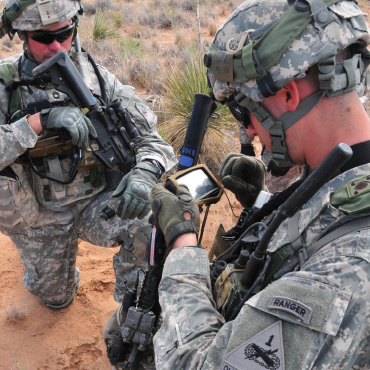Can mobility trump bureaucracy at DOD?

Randall Conway, director of C4 and information infrastructure in the DOD CIO office, says the Pentagon has no choice but to embrace commercial off-the-shelf mobile devices.

The Defense Department's goal of efficiently deploying commercially available mobile devices may be up against bureaucratic inertia, but Randall Conway, director of C4 and information infrastructure in the DOD CIO's office, sees the upside of mobile technology for soldiers as too big for the status quo to hold.
"I think if we we fail to embrace [mobile technology], we're just doing a disservice to ourselves and our war-fighting capability," Conway said at a Nov. 19 mobile technology conference hosted by AFCEA's Washington, D.C., chapter.
BlackBerry has long been the dominant mobile vendor at the Pentagon. But the defense mobility landscape has shifted at least somewhat in recent years as DOD carried out a range of non-BlackBerry mobile pilot programs.
The explosion of commercial smartphones and other devices has "opened up vast possibilities for us," said Conway. A soldier doing a weapons inventory, for example, can use an application that runs on multiple operating systems to automate and simplify his or her work, he said. But that rapid innovation also means a device can become obsolete before it makes it through the Pentagon's unwieldy certification process.
Conway's enthusiasm for getting mobile devices in the hands of soldiers sometimes conflicts with bureaucratic hurdles and a requirements-driven culture. "If we're going to have to break down some doors and take some risk, that's what we're going to do, because the value proposition is there," he said.
The department is looking to embrace more commercial off-the-shelf mobile technology in classified settings, Conway said. One example is DOD's planned deployment in fiscal 2015 of the Samsung S4, an Android device that will come with the ability to open attachments and other features meant to improve mobile usage for soldiers.
Conway's embrace of risk notwithstanding, a series of policy guidelines and directives -- which can quickly become outdated themselves, given the pace of technological change -- help determine the speed of mobile device deployment at DOD.
The department is in the process of updating directive 8100.02, which was published in 2007 and governs the deployment of commercial wireless devices on the DOD Global Information Grid, Conway said. The National Institute of Standards and Technology and the DOD CIO office have also issued guidance related to mobile technology.
Keeping these policies up-to-date is a prerequisite for the Pentagon's adoption of fresh commercial mobile technologies. For Conway, DOD's need for those commercial devices comes down to a simple truth: "Government-built devices are really not going to get us there," he said. "We have got to take advantage of what industry provides and builds today versus trying to build something ourselves."
NEXT STORY: Will Veterans' Data Ever Truly Be Secure?


